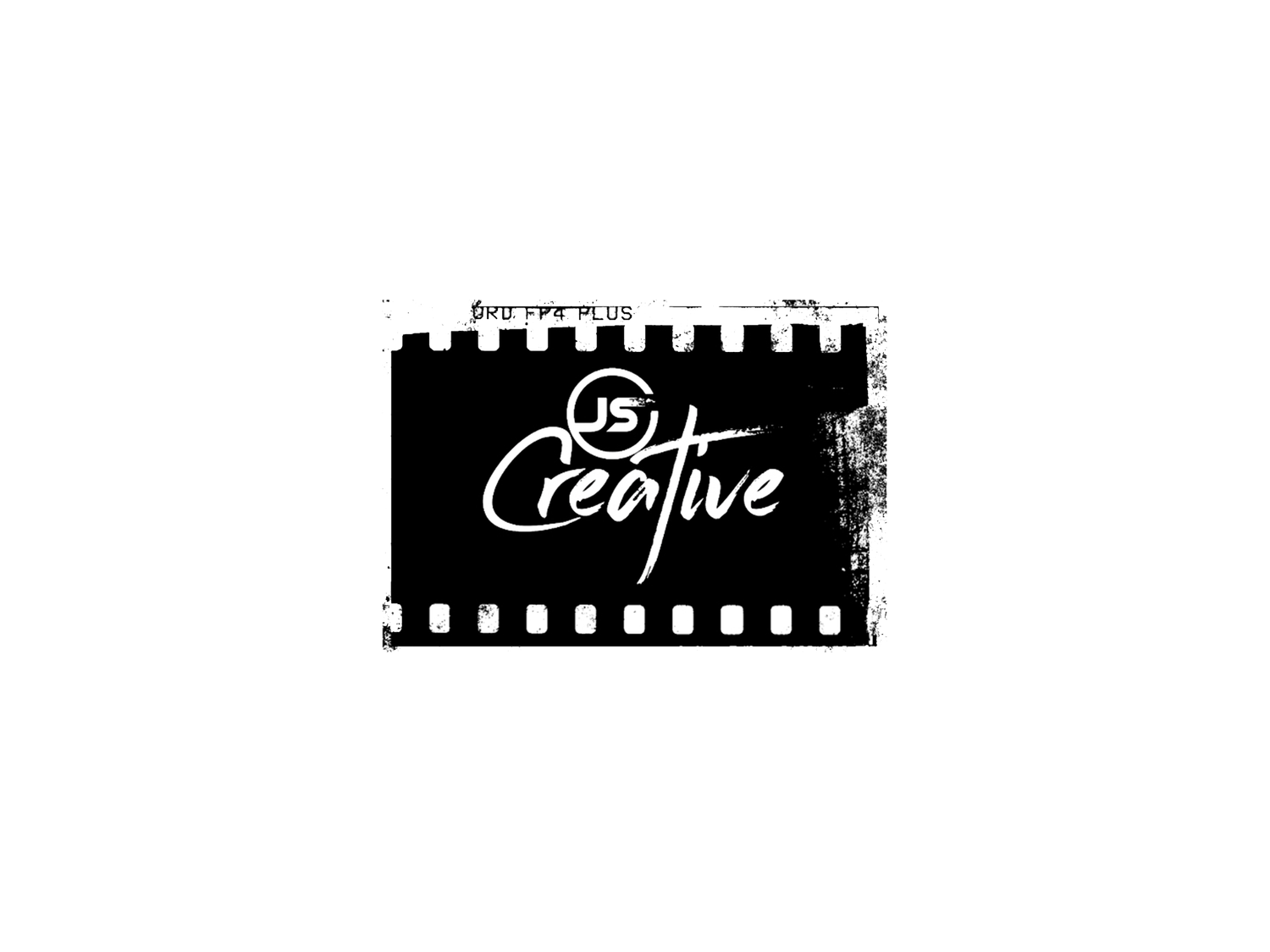Mastering Your Content Calendar: A Guide to Seamless Planning
Introduction:
In the fast-paced world of digital marketing, an organized and well-thought-out content calendar is your secret weapon. A strategic content calendar not only helps you stay consistent in your posting but also ensures that your content aligns with your overall marketing goals. In this guide, we'll delve into the essentials of content calendar planning, empowering you to take control of your content strategy and boost your online presence.
Why You Need a Content Calendar
Consistency is Key:
A content calendar helps you maintain a consistent posting schedule, keeping your audience engaged and informed regularly.
Strategic Planning:
Plan your content strategically, aligning it with key events, product launches, or marketing campaigns.
Time Efficiency:
Streamline your content creation process by planning ahead, allowing you to allocate resources efficiently.
Cross-Platform Coordination:
Coordinate your content across various platforms, ensuring a cohesive brand message.
Steps to Create an Effective Content Calendar
Define Your Goals:
Clearly outline your content marketing goals. Whether it's brand awareness, lead generation, or customer retention, your calendar should align with these objectives.
Know Your Audience:
Understand your target audience's preferences, interests, and behaviors. Tailor your content to resonate with them.
Content Categories:
Diversify your content by creating categories (e.g., educational, promotional, behind-the-scenes). This ensures a balanced and engaging content mix.
Choose Your Platforms:
Identify the platforms where your audience is most active. Your content calendar should reflect the unique requirements of each platform.
Building Your Content Calendar
Monthly Overview:
Begin with a monthly overview, outlining key events, holidays, and promotional periods.
Weekly Themes:
Break down each month into weekly themes or focuses. This adds variety to your content and keeps your audience interested.
Content Ideas:
Brainstorm content ideas for each theme. Include blog posts, videos, social media updates, and any other relevant formats.
Collaboration and Approval:
If you're working with a team, ensure collaboration by assigning tasks and obtaining approvals well in advance.
Review and Adapt
Regularly Review Performance:
Analyze the performance of your content regularly. Identify successful strategies and areas for improvement.
Adapt and Evolve:
Be flexible and willing to adapt your content calendar based on changing trends, audience feedback, and industry developments.
Conclusion
A well-crafted content calendar is the backbone of a successful content marketing strategy. By investing time in planning, understanding your audience, and utilizing effective strategies, you can create a dynamic and impactful content calendar that propels your brand forward. Remember, consistency, relevance, and adaptability are the keys to mastering your content calendar and achieving lasting success in the digital landscape. Happy planning!

